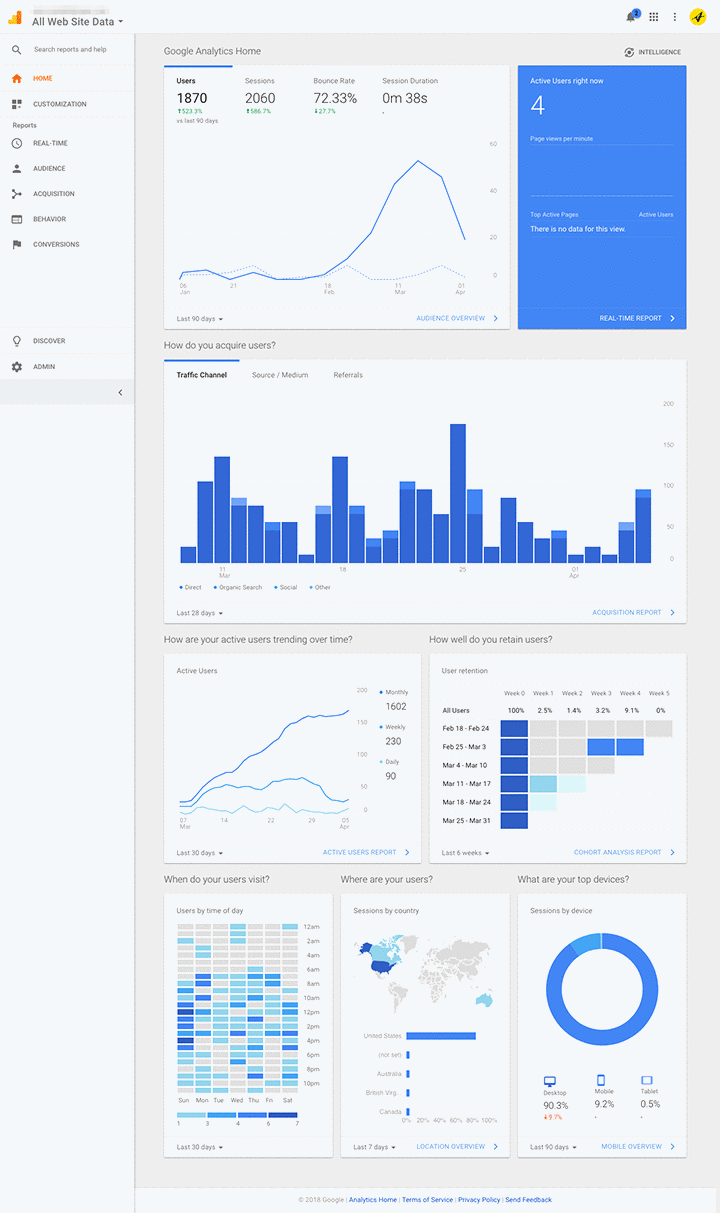How to fail at website redesign: Ignore your site analytics
Supervox Agency April 06, 2018

“My site is an embarrassment…I’m so ready for something new…I’d love it to look like…”
We hear this all the time when meeting with clients about a website redesign. They’re desperate to jettison the old; they can list a handful of sites they’d love to emulate. And they want to get started yesterday.
We share their excitement. Redesigning a website IS exciting. But if you focus on the new without exercising due diligence on the old, you’re setting yourself up for an expensive failure.

That’s why, before we start a redesign, we head straight for your site analytics, often found in Google Analytics. For us, it’s the best way to cut through subjective opinions and long-held beliefs that might not, in fact, be borne out by reality.
For example, not long ago a client told us, “Our competitors all have Resources pages on their websites, it’s an industry standard and that’s why we have one too.”
Not so fast! A quick look at their analytics shows the site’s Resources page garnered fewer than 1% of page views.
Or maybe you hate scrolling and assume your customers do, too. Well, if your analytics account is set up right, it may tell us they have no problem with long pages.
Two facts: Marketing folks tend to project their own biases or desires without regard for the wants and habits of actual site users. And your site analytics can be your best tool in objectively predicting what will or won’t work on the new site. That’s because your analytics can provide detailed data on what’s working and not working in the present.
Picture your site as a patch of real estate. You may think the logical way to get from one end to the other is by following the sidewalks. But that well-worn path across the grass tells a different story.
So what, specifically, do we look at?